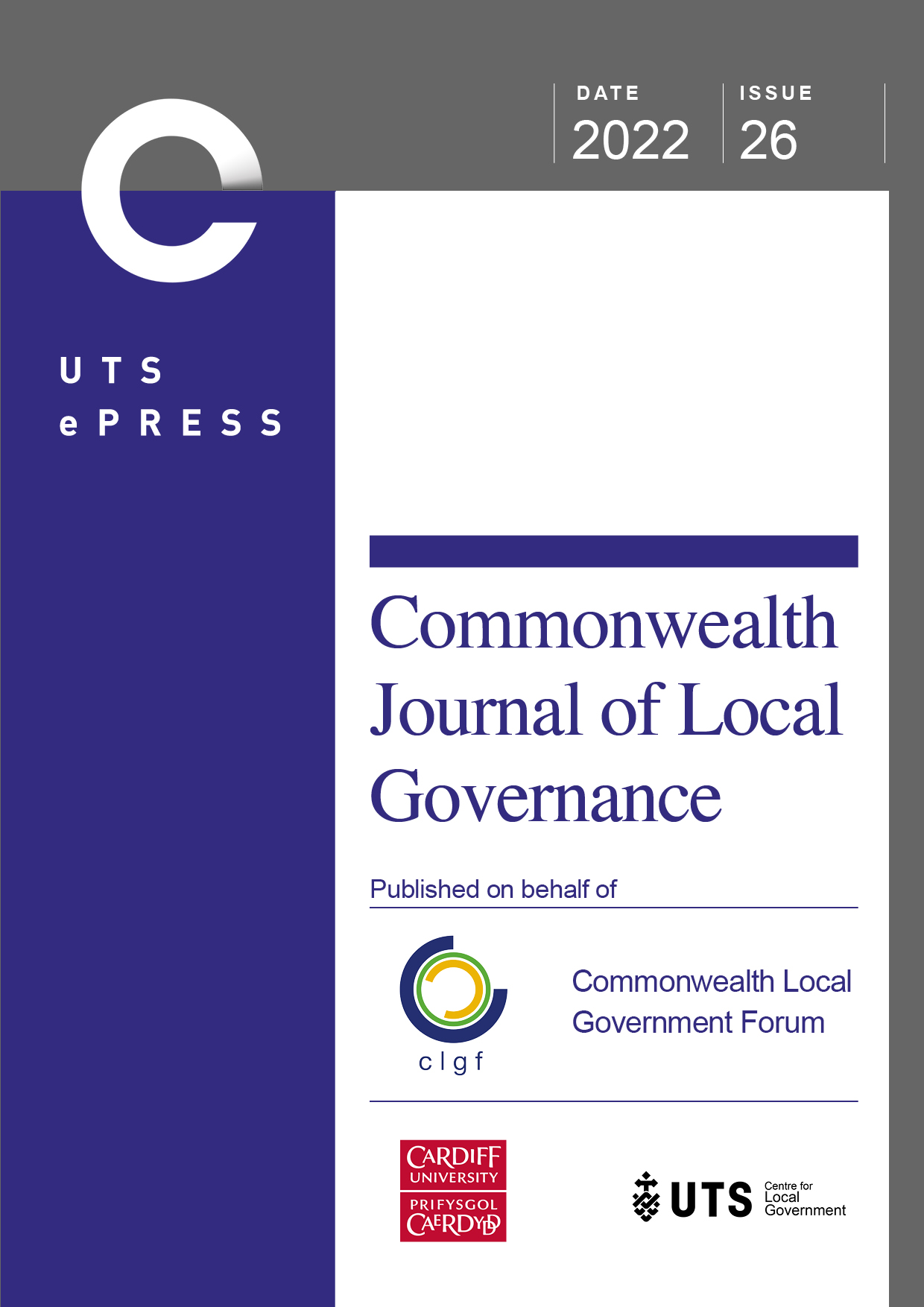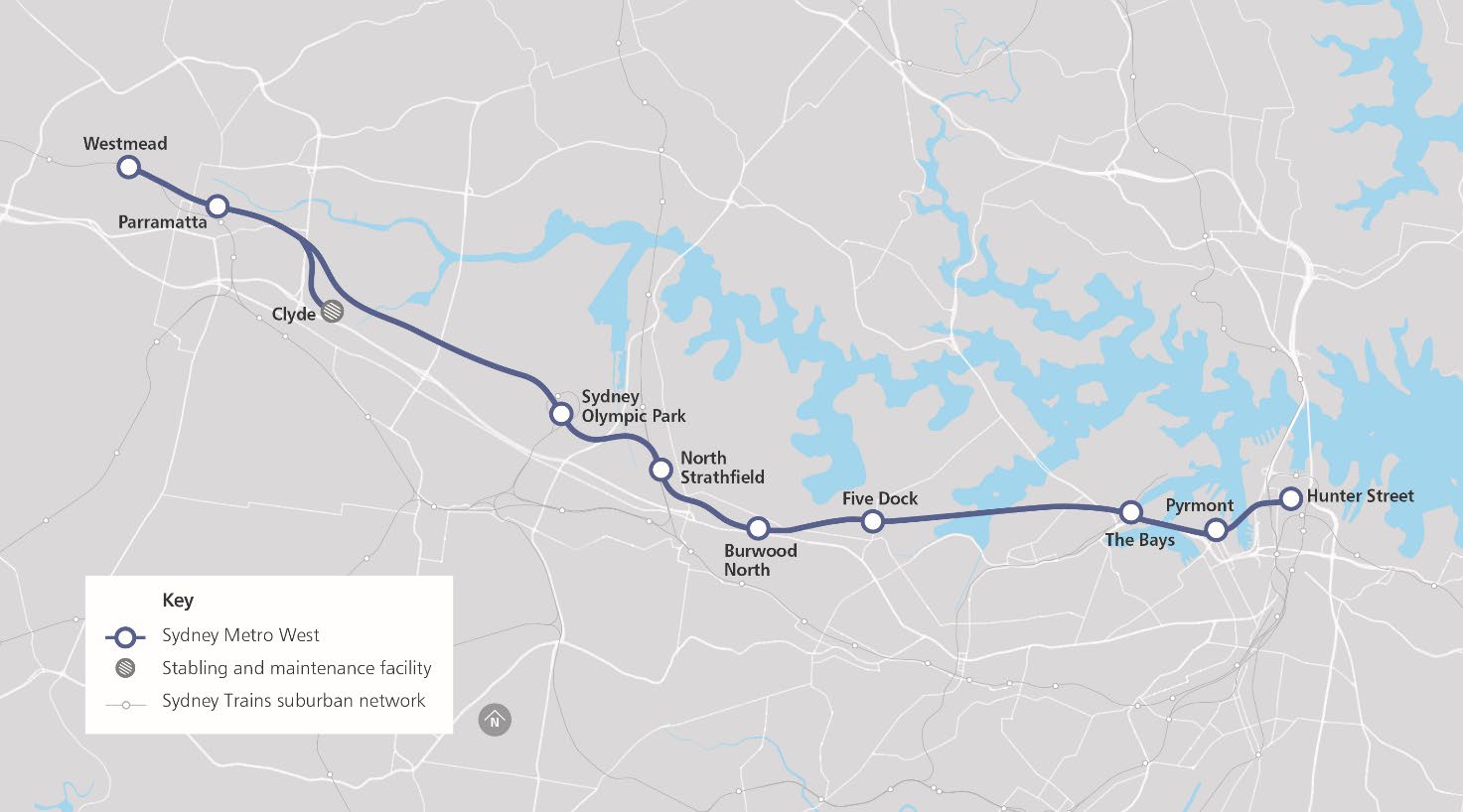 Recently, along with three other authors from Commonwealth countries, I was asked by the editors of the Commonwealth Journal of Local Governance to prepare a short “perspective” on issues and trends in metropolitan governance in response to a paper by Zack Taylor on Regionalism from Above: Metropolitan Governance in Canada.
Recently, along with three other authors from Commonwealth countries, I was asked by the editors of the Commonwealth Journal of Local Governance to prepare a short “perspective” on issues and trends in metropolitan governance in response to a paper by Zack Taylor on Regionalism from Above: Metropolitan Governance in Canada.
In my paper – Western Sydney and the City Deal: a precursor to metropolitan governance reform? – I took a look at the changing face of governance in Western Sydney and in particular the implications of the “Western Sydney City Deal”. While this was the main focus, I was able in a few paragraphs to reflect on the attempts that the Western Sydney Regional Organisation of Councils (WSROC) made before and during my time there as CEO from 1996 to 2008 to engage collaboratively with the state government and to form broad governance partnerships “from the ground up” with other regional organisations in order to improve infrastructure and service provision for Western Sydney’s fast-growing population. While these strategies were successful initially in influencing government funding and planning priorities they met increasing resistance. I observed that WSROC “lacked the resources and authority to develop a sustained cross-sector collaborative governance model”.
The structure of the region has also changed greatly. Previously, communities of interest had evolved along the road and rail corridors radiating east to west through the region from central Sydney, but the development of growth centres and the completion of the M7 orbital Motorway introduced new links between outer metropolitan communities along a north–south axis. The eight outer western councils began to see themselves as a group facing distinctly different issues compared to the more-established councils in the eastern part of the region.
More recently the decision to build Sydney’s second airport at the mid-point of this corridor and the designation by the Greater Sydney Commission of this sub-region as the “Western Parkland City” as part of a restructure of the metropolitan area into three “30-minute” cities. The airport was also the focus the federal government’s Western Sydney City Deal, signed in 2016 which sought to establish a collaborative partnership between the federal government, NSW government and the eight councils. As well as providing substantial funding for transport infrastructure, a range of employment, education, housing and environmental initiatives and a new “Aerotropolis” close to the airport, the City Deal also involves additional collaboration arrangements which see all three levels of government working together to deliver these outcomes.
I conclude that while these arrangements appear to be working well, they are designed “to implement the commitments of the City Deal rather than to provide an enduring model of metropolitan governance”. However, “the participating municipalities may be developing a capacity and enthusiasm for working collaboratively at a metropolitan scale, and for engaging with federal and state governments on a more equal footing, rather than as subordinates”, and these arrangements “may yet provide a catalyst for the evolution of more inclusive and equitable forms of metropolitan governance”.





 Recently, along with three other authors from Commonwealth countries, I was asked by the editors of the
Recently, along with three other authors from Commonwealth countries, I was asked by the editors of the 



